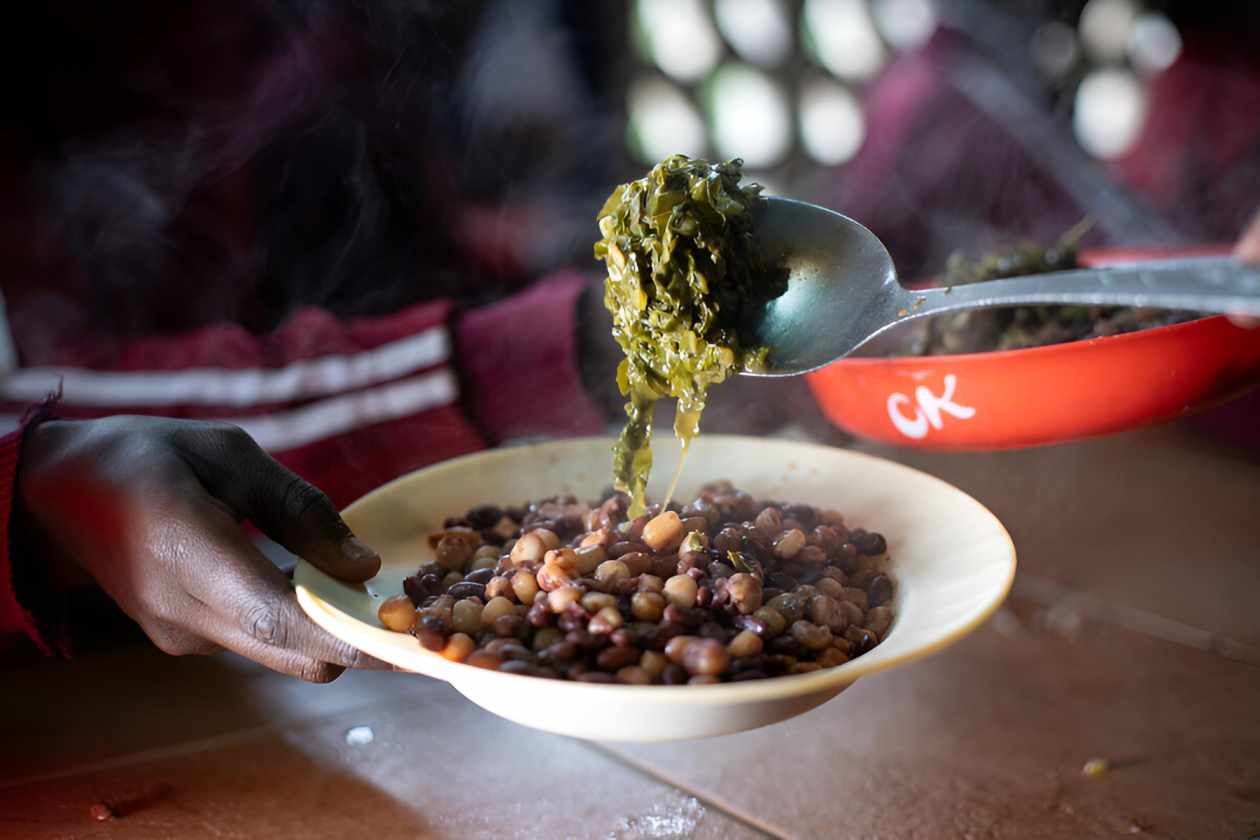Sub-Saharan Africa has recorded a remarkable increase in children benefiting from school meal programmes, with 20 million more pupils now receiving meals compared to 2022, according to the latest State of School Feeding Worldwide report by the United Nations World Food Programme (WFP).
The region now serves 87 million children, up from 66 million, marking the largest growth of any region globally.
Countries such as Chad, Ethiopia, Madagascar, and Rwanda have expanded school meal coverage by up to six times, reflecting both improved access and stronger government commitment.
The surge highlights a shift from dependence on foreign aid to government-led investment, with many nations recognising school meals as a vital part of children’s education, health, and national development.
In countries like Benin, Botswana, Burkina Faso, Eswatini, Lesotho, Namibia, Rwanda, and Zambia, school meal programmes are largely funded through national budgets.
Others, including Ethiopia and Burundi, have doubled or tripled domestic contributions since 2022, while still receiving some external support.
“We are proud that the majority of school meal programmes are funded through domestic budgets. WFP is dedicated to helping national governments expand state-funded school meals, ensuring that no child is left behind," said Margot van der Velden, WFP’s Regional Director for West and Central Africa.
"We need to work together with partners and communities in feeding the future of our children, giving them the chance to grow and thrive.”
Beyond supporting education and child wellbeing, locally sourced school meal programmes benefit smallholder farmers, strengthen agricultural economies, and promote climate-smart food production.
In Benin, government-funded school meals using local produce contributed over US$23 million to the economy in 2024, with direct purchases from smallholder farmers increasing by 800 per cent, aiding more than 23,000 people.
In Burundi, WFP’s local food procurement raised farmers’ incomes by 50 per cent and created jobs in 67 cooperatives serving 20,000 members.
Other countries report similar impacts: in Malawi, every US$1 spent on school meals generates US$8 in economic benefits.
In Sierra Leone, 40 per cent of school meal food came from smallholder farmers, primarily women and youth, offering children a varied diet of rice, pulses, sweet potatoes, and vegetables.
In Kenya, Rwanda, and Uganda, WFP, the Novo Nordisk Foundation, the Grundfos Foundation, and the Danish Ministry of Foreign Affairs support eco-friendly diets by establishing 1,300 school gardens, training 61,500 farmers in climate-smart agriculture, and supplying schools with fuel-efficient cooking equipment.
“A meal at school is more than just giving food to a child; it is also an investment in the family, the community, and ultimately a country’s future. Sourcing food locally provides healthy, culturally appropriate meals for children while supporting smallholder farmers, driving economic growth and national development,” said Eric Perdison, WFP’s Regional Director for Eastern and Southern Africa.
Despite the progress, millions of children in low-income countries, including the Democratic Republic of the Congo, Somalia, and South Sudan, still lack access to school meals due to limited domestic funding and declining donor support.
WFP continues to prioritise these fragile settings, ensuring children receive school meals to safeguard learning and nutrition amid global uncertainty.
The report is released ahead of the second School Meals Coalition Global Summit in Brazil, scheduled for 18-19 September, where leaders will evaluate progress and plan further action to expand school meal programmes worldwide.

